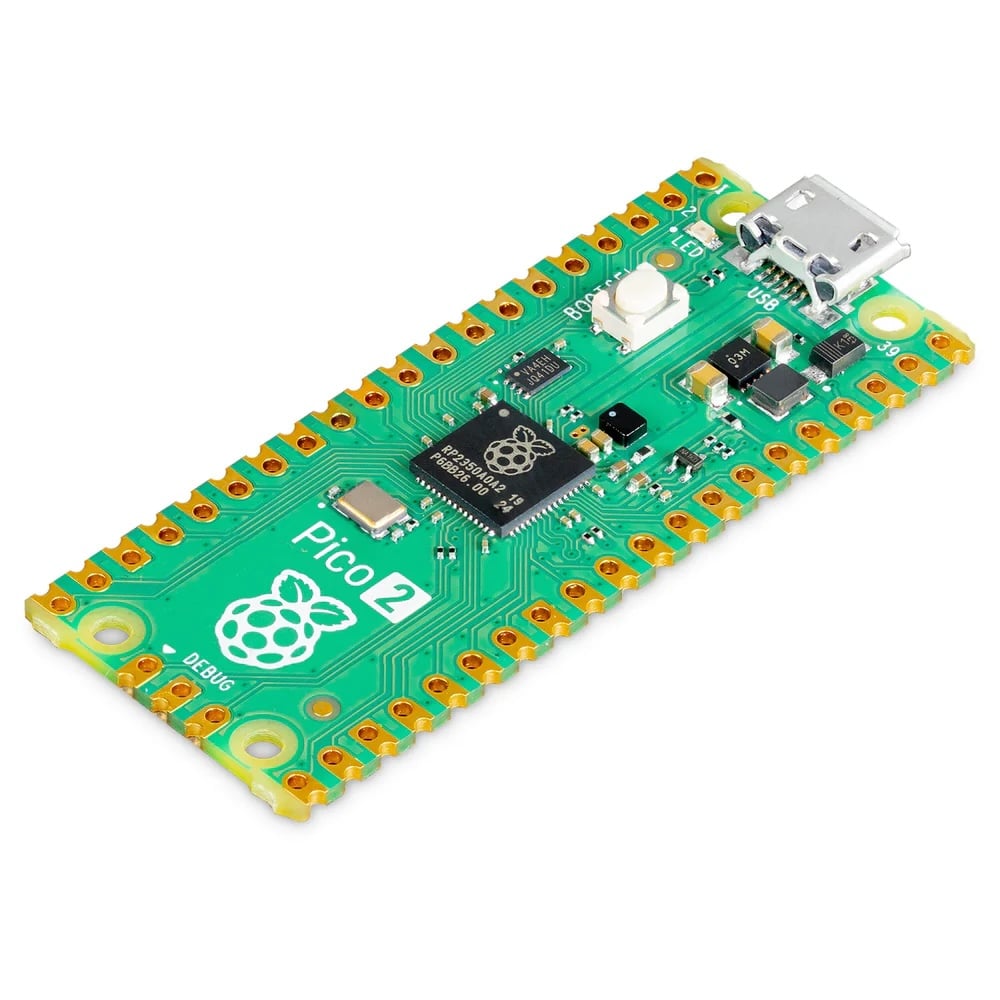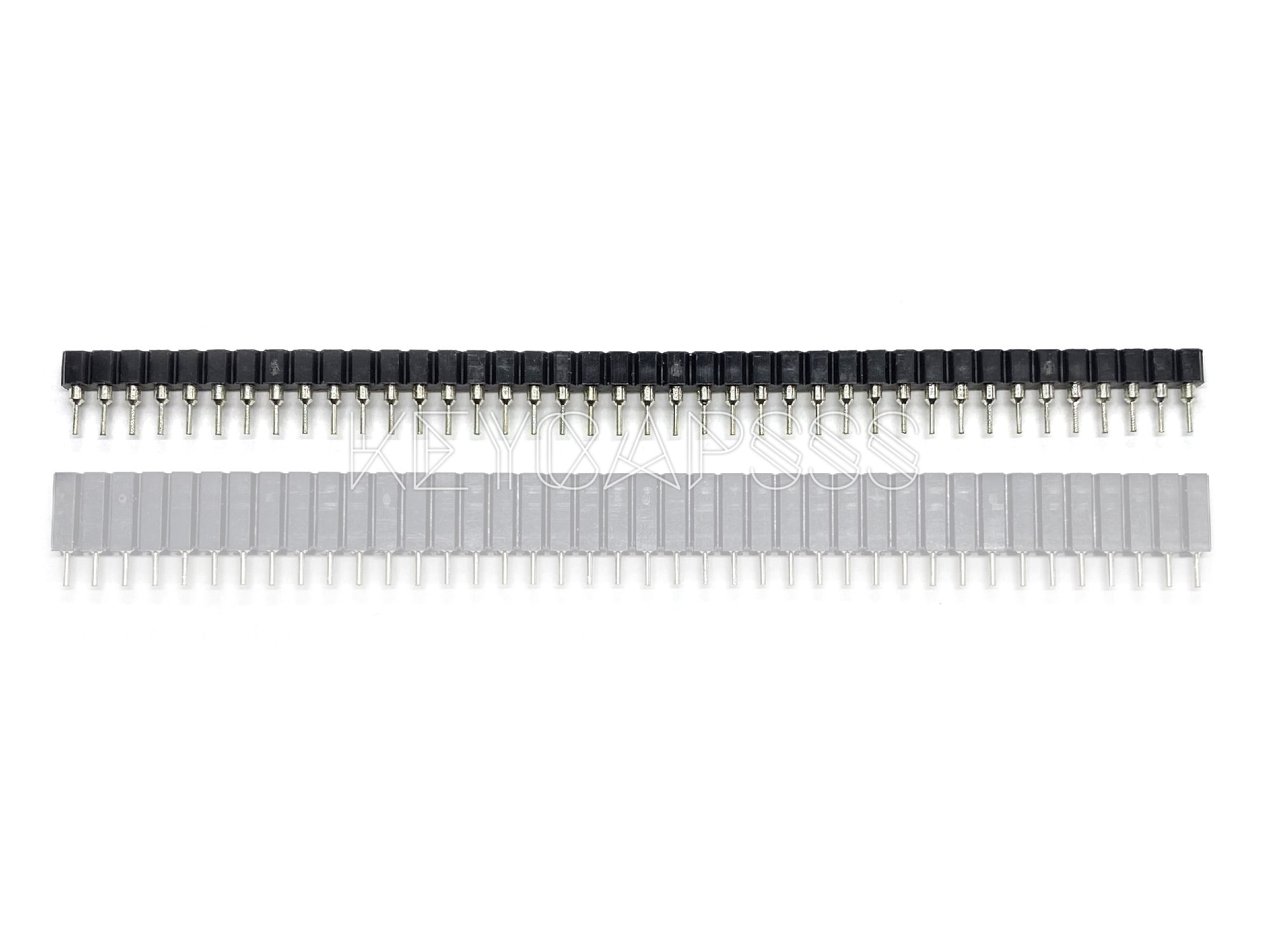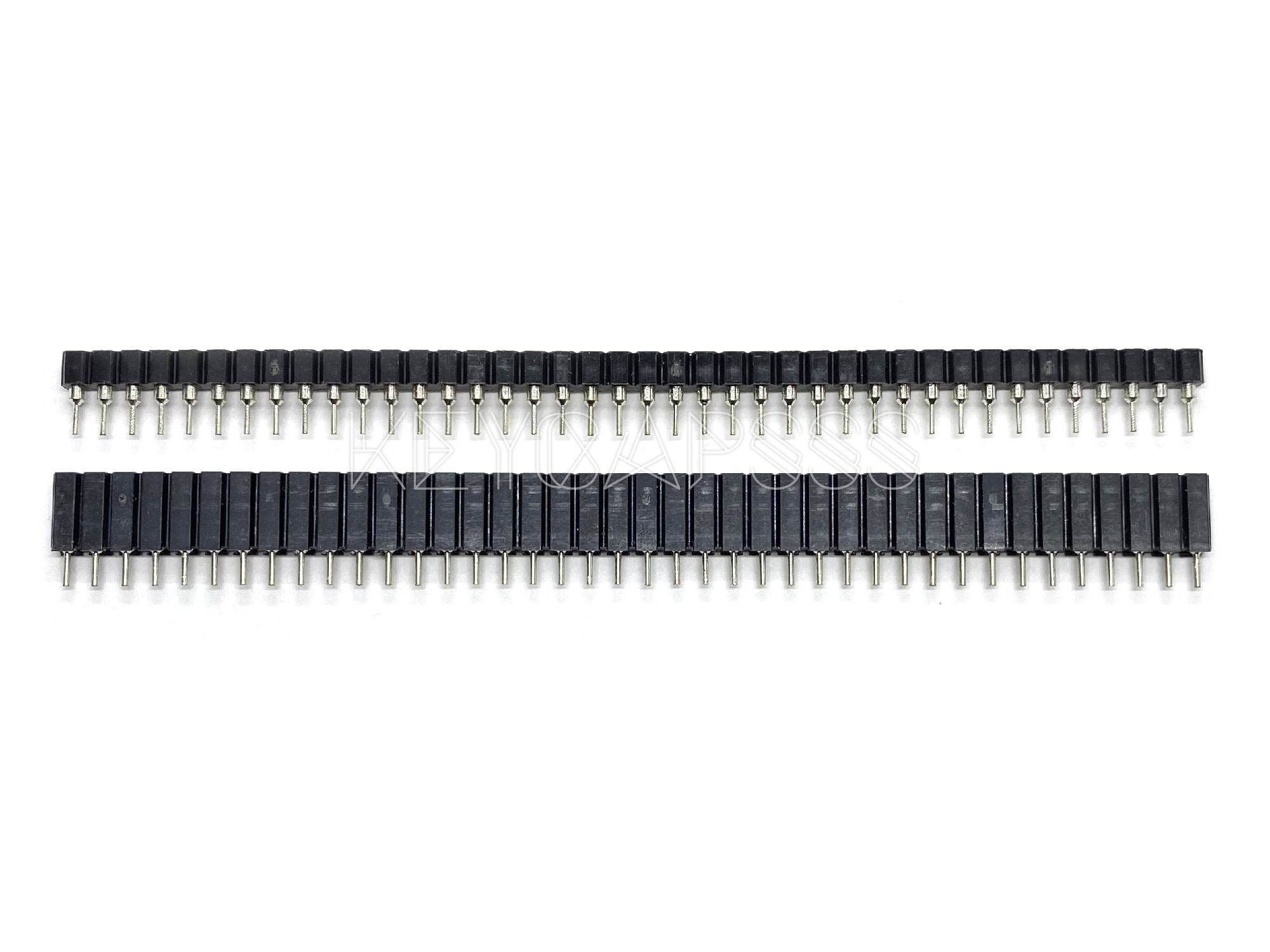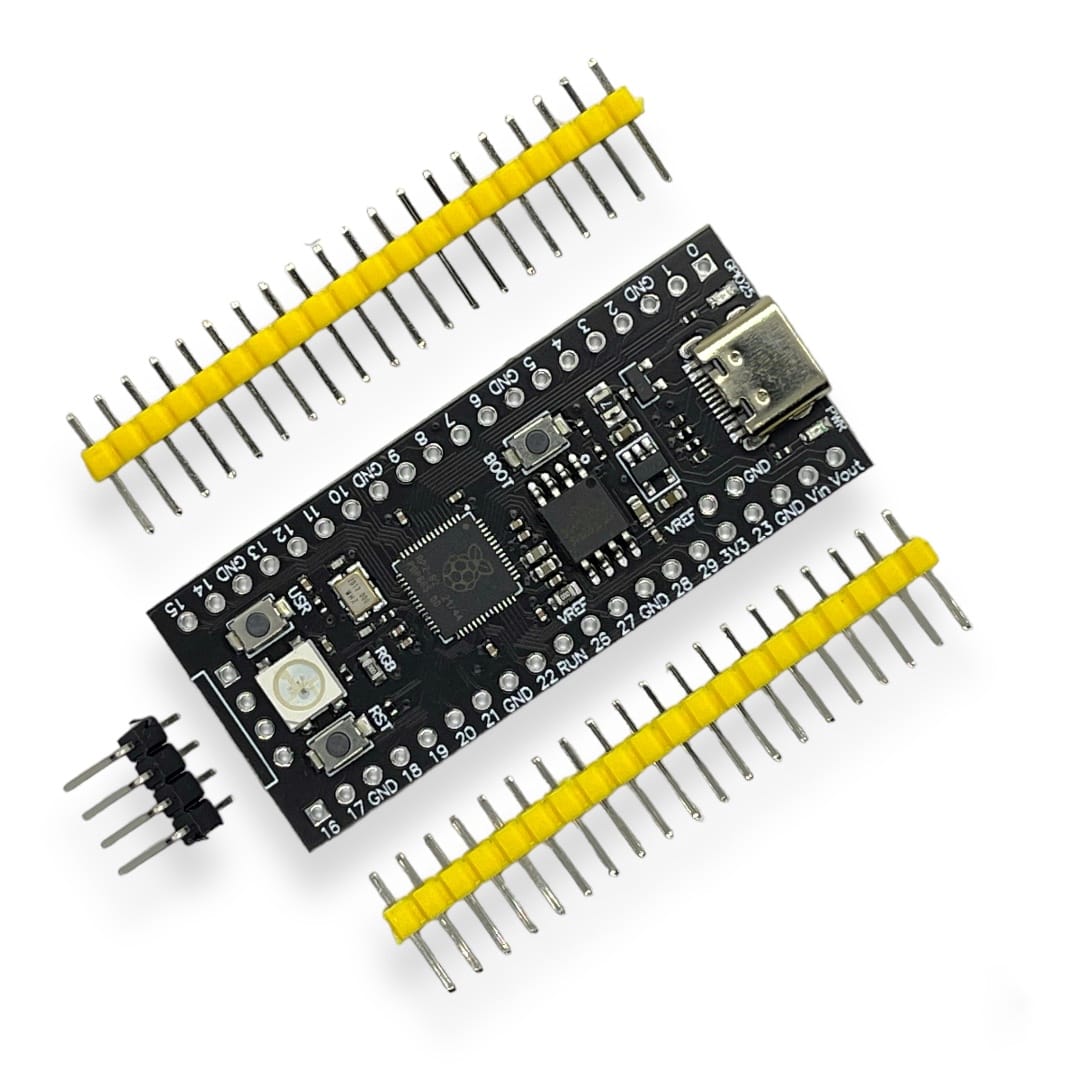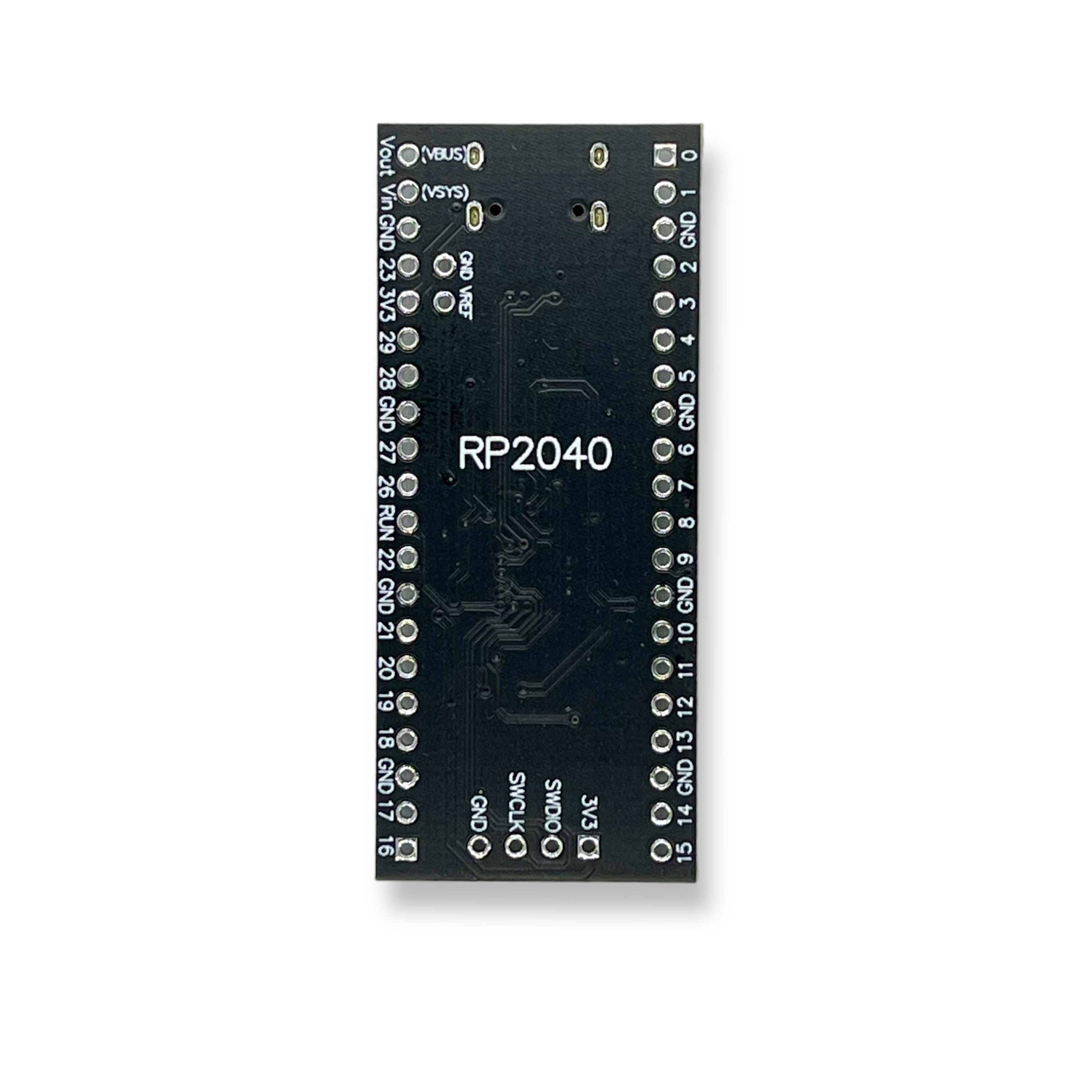Raspberry Pi Pico 2 - RP2350

€5.90
Ready to ship: Delivery time 2-5 workdays (Germany), 5-14 workdays (EU), 10-20 workdays (Int.)
Product number:
KC10253
Weight:
0.005 kg
Stock:
Less than 10
Description
Reviews 0
Login
No reviews found. Share your insights with others.

